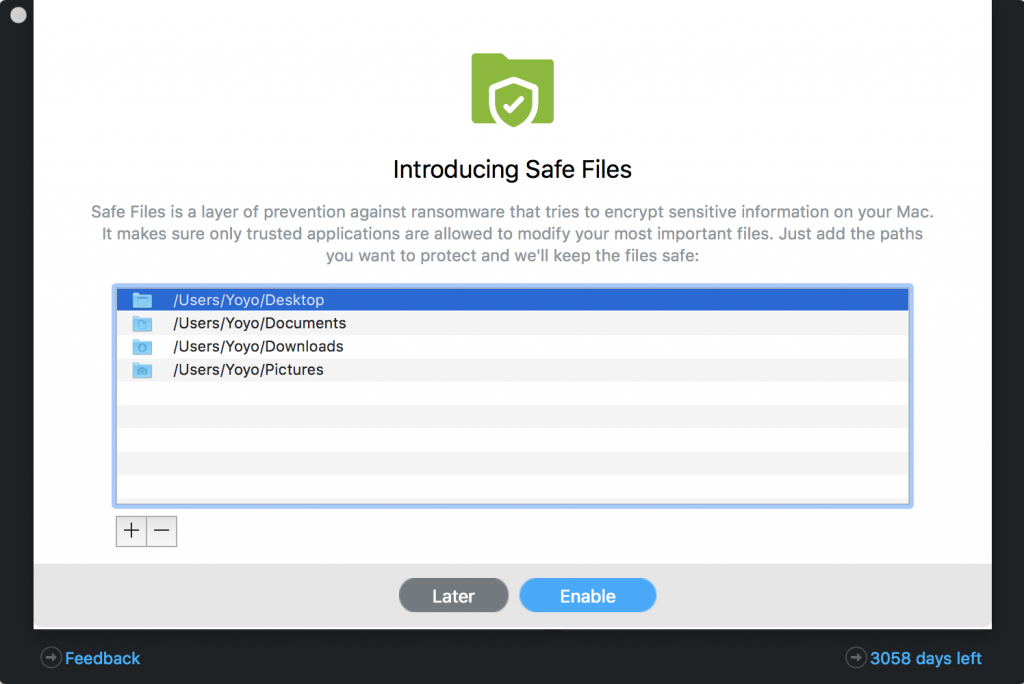
Important: Some items that were created by using features in Office for Mac 2011 might behave differently when the document is saved in the file format that is used by Office 2004 for Mac or earlier. Use the Compatibility Report to avoid using new Office features that might behave differently with earlier versions of Office. Backup module, ideal for secure backups and syncing with iOS devices. Safe for Mac is fully compatible with our award winning Safe version for iPhone, iPad and iPod touch that is available. Carbonite Safe for Mac allows you to add files to your backup from within the Carbonite interface. If you have Carbonite version 1x, files can be added to your backup from within the Carbonite Preference pane. Click the Apple symbol in the menu bar and select System Preferences to. Free Antivirus for Mac While Apple devices are generally less susceptible to hackers, malicious websites and unsecured networks still pose serious threats to your device and privacy. That’s why McAfee Total Protection provides Mac-specific antivirus and anti-malware capabilities. AxCrypt is simple file encryption software for Windows, Mac and mobile. It integrates seamlessly with your workflow to keep your files safe.
If you’re experiencing issues with your Mac, then you can easily fix that by restarting it. I know it sounds odd, but it helps at times. However, if that doesn't fix the problem, then there are usual ways to go about solving the issue. One of the ways you can resolve them is by starting the mac in safe mode.
Not only does it help you test where the problem is, but it’s also one of the most common maintenance methods you can use with your computer.
We’re going to explain what Safe mode is, how you can boot your Mac in this state, and when you need to use it.
Also on Guiding Tech
#macos
Click here to see our macos articles pageWhat Is Safe Mode
Safe Mode or safe boot is a macOS diagnostic mode designed to fix several problems in your Mac.
Activating safe mode allows you to troubleshoot any problem that prevents the operating system from functioning normally. It helps you figure out the problem based on how the computer reacts to the Safe Mode environment.
While in this mode, your Mac starts without loading the additional third-party programs. So you can test whether it’s the whole system or a particular program that’s causing issues.
That means only a minimal number of preferences, system extensions, and fonts that need to run will start up with your computer so that you can isolate the issues and troubleshoot accordingly.
Safe Mode can get your computer up and running all over again whenever issues brought about by corrupt data or apps, damaged fonts, and preference files, or software installation issues arise.
You can use it to resolve any problems that keep your Mac from starting up or startup disk related issues, including apps not launching or those causing your computer to crash, freeze, or shutdown.
Also on Guiding Tech
Safe Mode vs Clean Boot: Understand the Difference and When to Use
Read MoreWhat Happens When Your Mac Is in Safe Mode
Several things happen when you start your Mac in Safe Mode. Specifically, it does the following:
- You Mac loads required kernel extensions needed to run macOS.
- It verifies your startup drive by performing a directory check and attempts repairs for any issues.
- It prevents startup and login items from automatically opening at startup.
- It disables user-installed (third-party) fonts besides those found in System/Library/Fonts supplied by Apple.
- It deletes all font caches and moves them to the trash, including kernel cache and other system cache files.
- It also deletes the dynamic loader cache known for causing the blue screen freeze during startup.
- It disables or limits features such as the DVD Player, iMovie (won’t capture video), internal and/or external modems, AirPort cards (depending on the version and macOS version in use), Quartz Extreme, and Network file sharing.
Also on Guiding Tech
A Guide to the Windows Safe Mode and When to Use it
Read MoreHow to Start up Your Mac in Safe Mode
To start up in Safe Mode, take the steps below:
Step 1: Start or restart your Mac.
Step 2: Press and hold down the Shift key immediately when you hear the chime. You’ll see the Apple logo appear on your screen.
Step 3:Release the Shift key once the login window comes up. If your Mac’s startup disk is encrypted with FileVault, you’ll log in twice – the first login unlocks the startup disk, while the second logs you in the Finder.
Note: Once you establish the problem, you can leave Safe Mode by restarting your Mac without pressing any keys at startup.How to Tell Whether Your Mac Is in Safe Mode
You can tell whether your Mac is in Safe Mode by using the System Information app. The System Information app (also known as System Profiler in some versions of OS X) shows a summary of information about your Mac’s software, hardware, network and other information.
To go to the System Information app, click Apple menu> About This Mac to open an overview of your Mac computer, including its model, memory, processor, serial number, and macOS version.
You can see more information by clicking the System Report button.
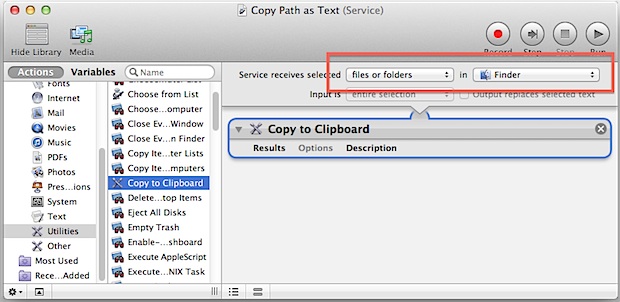
Under the Software section in System Information, you’ll see the text “Safe” instead of “Normal” next to the Boot Mode.
The login window will also show the Safe Boot label on the top right side of the screen when in Safe Mode.
What to Do When Your Mac Won’t Turn on or Start up in Safe Mode
Here are some things to check for when your Mac won’t turn on, or it powers on but doesn’t complete the startup process:
- Check for power-related issues such as sounds from the fan or hard disk among other startup sounds. Check also for lights like the sleep indicator light, Caps Lock key, or backlit keyboard, if you have one.
- You can also check that it’s receiving power by ensuring the power cable is undamaged and plugged in securely into a working power outlet.
- Check that you’re using the right power cable and adapter, and if you’re using an external display, power it on and ensure it doesn’t have other display problems. Turn up your display’s brightness from the built-in keyboard.
- Check other startup issues if it doesn’t finish starting up such as a recently installed hard disk/SSD or memory, and ensure that it’s compatible and correctly installed. You can also remove and test with the original disk or memory.
If you still need further assistance, contact Apple Support or visit an authorized Apple Store or Service Provider.
If you have no keyboard or can’t use your keyboard’s Shift key to start in safe mode, you can configure your Mac to boot in safe mode if you have remote access to your Mac. To do this:
Step 1: Open Terminal remotely to access the command line, or log into your Mac using SSH. Use this Terminal command: sudo nvram boot-args=”-x”
Alternatively, start in verbose mode using the command:
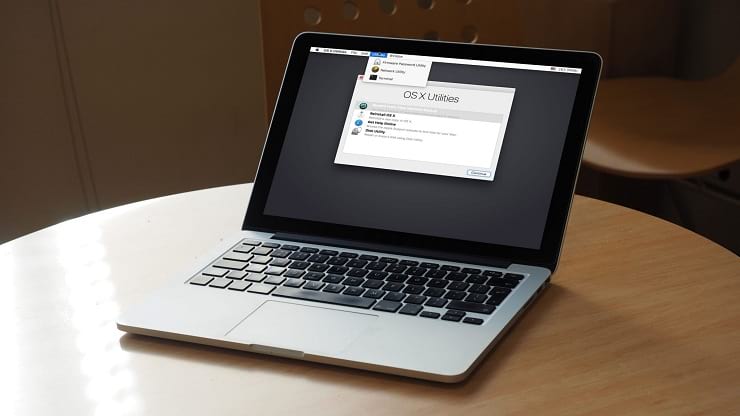
Step 2: After you’re done using safe mode, return to normal startup using this Terminal command:
File Safe For Mac Osx
Get Your Mac Running Again
If you have any issues with your Mac, now you know how to start it up in Safe Mode and get things back to normalcy again.
Next up:If you have an Android device and want to boot in Safe Mode to fix any underlying problems, learn how the steps to achieve this in our next article.
The above article may contain affiliate links which help support Guiding Tech. However, it does not affect our editorial integrity. The content remains unbiased and authentic.
File Safe For Mac Computers
Read Next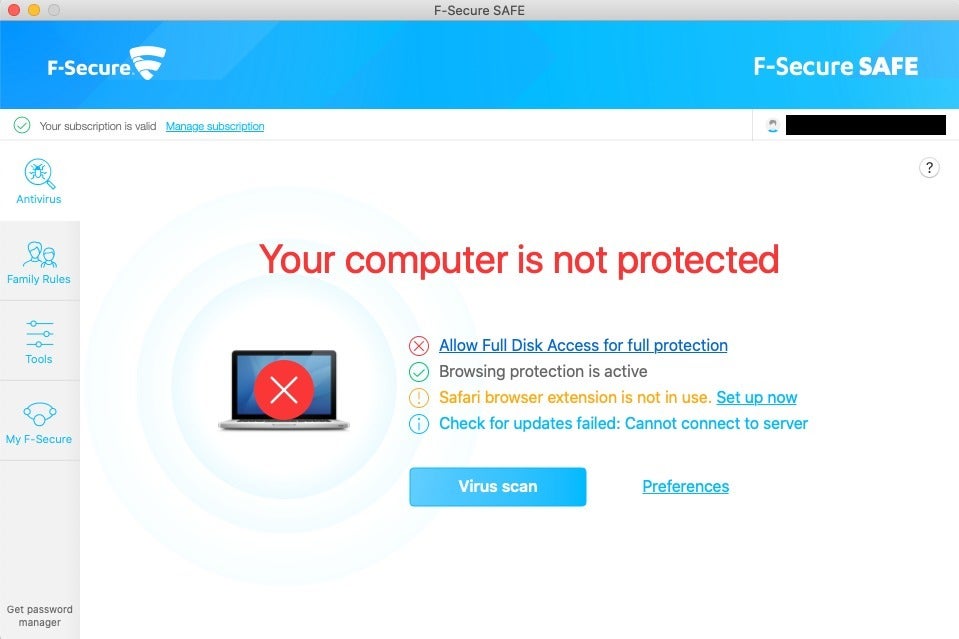 How to Boot into Android Safe Mode to Troubleshoot Your DeviceAlso See
How to Boot into Android Safe Mode to Troubleshoot Your DeviceAlso See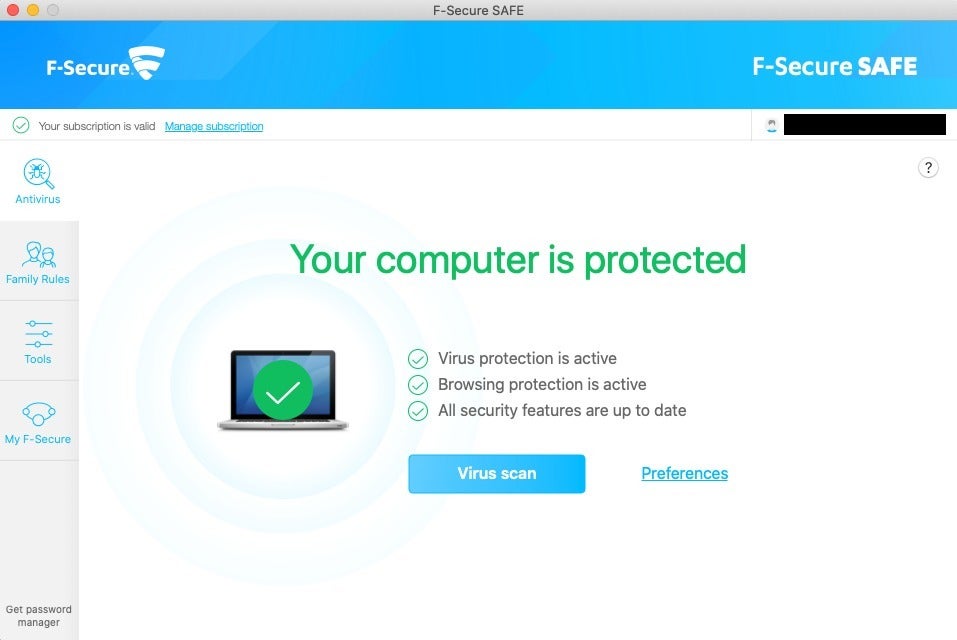 #apple
#apple File Safe For Mac Catalina
#macbookDid You Know
Apple has 25 operational renewable energy projects around the world.
File Save Format
More in Mac
Top 4 Ways to Fix Mac Desktop Icons Missing or Not Showing




